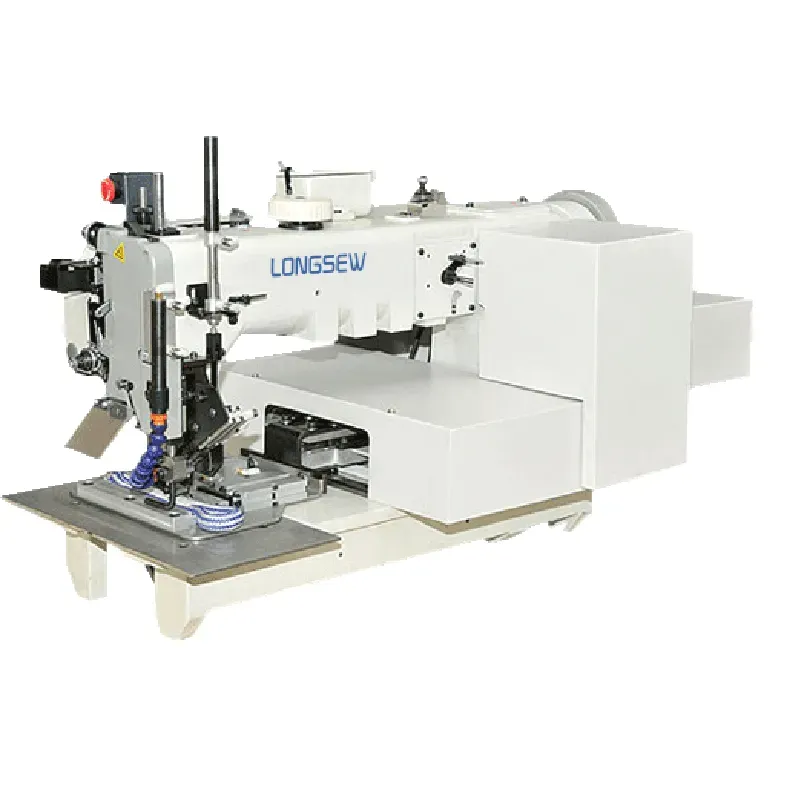Effective Techniques for Durable Hand Sewing with Strong Stitch Methods
The Art of Strong Stitch Hand Sewing
Hand sewing has captivated practitioners for centuries, serving both functional needs and artistic expression. Among various techniques within this craft, one stands out for its strength and reliability the strong stitch. This technique imbues fabric with durability, ensuring that seams withstand the test of time and usage. Understanding the fundamentals of strong stitch hand sewing can transform your sewing projects, whether you're mending clothes or creating intricate patterns.
What is Strong Stitch Hand Sewing?
The strong stitch refers to a method of sewing that emphasizes the use of sturdy stitches, which are vital in garment construction, upholstery, and outdoor gear. Unlike basic stitches, which may serve well for light fabric and temporary fixes, strong stitches are designed to bear weight and stress. Techniques such as the backstitch, whip stitch, or double-stitched method are typical examples of strong stitches that provide both aesthetic appeal and resilience.
Tools and Materials
Before diving into strong stitch hand sewing, gather the necessary tools. You'll need a good quality needle, appropriate thread (usually polyester or nylon for strength), and fabric that can withstand tension. Furthermore, a thimble may be beneficial in mitigating finger fatigue—especially when working with thick materials. Ensure your workspace is well-lit and organized, allowing for precision in your stitches.
Basic Techniques
1. Backstitch The backstitch is one of the strongest hand-sewing stitches. To execute it, start by bringing the needle up through the fabric. Insert the needle back into the same hole, and then go back one stitch's length to create a firm hold. This method produces a solid line of stitching that is excellent for seams and repairs.
strong stitch hand sewing

2. Whip Stitch Ideal for hemming or securing layers in place, the whip stitch involves taking the needle out and over the edge of the fabric, then pulling it through from the back. This technique ensures that the edge stays secure while allowing some flexibility.
3. Double Stitch As the name suggests, the double stitch method involves passing the thread through the fabric twice for extra strength. This is particularly helpful in areas that experience wear, such as cuffs or internal seams.
Tips for Success
To achieve the best results while engaging in strong stitch hand sewing, here are a few tips
- Consistent Tension Ensure that your stitches are tight and even. Uneven stitches can lead to fraying and weakening of the seams over time. - Choose the Right Thread Opt for high-quality thread that can withstand the stress and strains of daily use. Avoid fine or delicate threads for projects that require durability. - Prewash Fabric Prewashing your fabric can prevent unexpected shrinkage and ensure that your stitches hold up after laundering.
- Practice Makes Perfect Take the time to practice different stitches on scrap fabric. This will build your confidence and skill, allowing you to tackle more complex projects.
Conclusion
Strong stitch hand sewing is not just about practicality; it’s an art form that combines technique with creativity. By mastering strong stitching methods, you can extend the life of your garments and textiles while adding a personal touch to your creations. Whether you aim to repair a beloved piece or embark on a new sewing project, strong stitches will serve as your reliable companion in the world of hand sewing. So gather your materials, refine your skills, and embrace the durability that comes with every strong stitch!
-
Industrial Cylinder Arm Sewing Machine: Revolutionizing Heavy-Duty SewingNewsJul.28,2025
-
Cylinder Arm Sewing Machine: Perfect for Special Sewing ApplicationsNewsJul.28,2025
-
Cylinder Bed Sewing Machine: Essential for Sewing Complex MaterialsNewsJul.28,2025
-
Heavy Duty Sewing Machine: The Essential Tool for Industrial ApplicationsNewsJul.28,2025
-
Computerized Pattern Sewing Machine: Revolutionizing Precision StitchingNewsJul.28,2025
-
Heavy Duty Industrial Sewing Machine: Power Meets PrecisionNewsJul.28,2025
-
Leather Sewing Machine: The Industrial Standard for Tough MaterialsNewsJul.18,2025





























